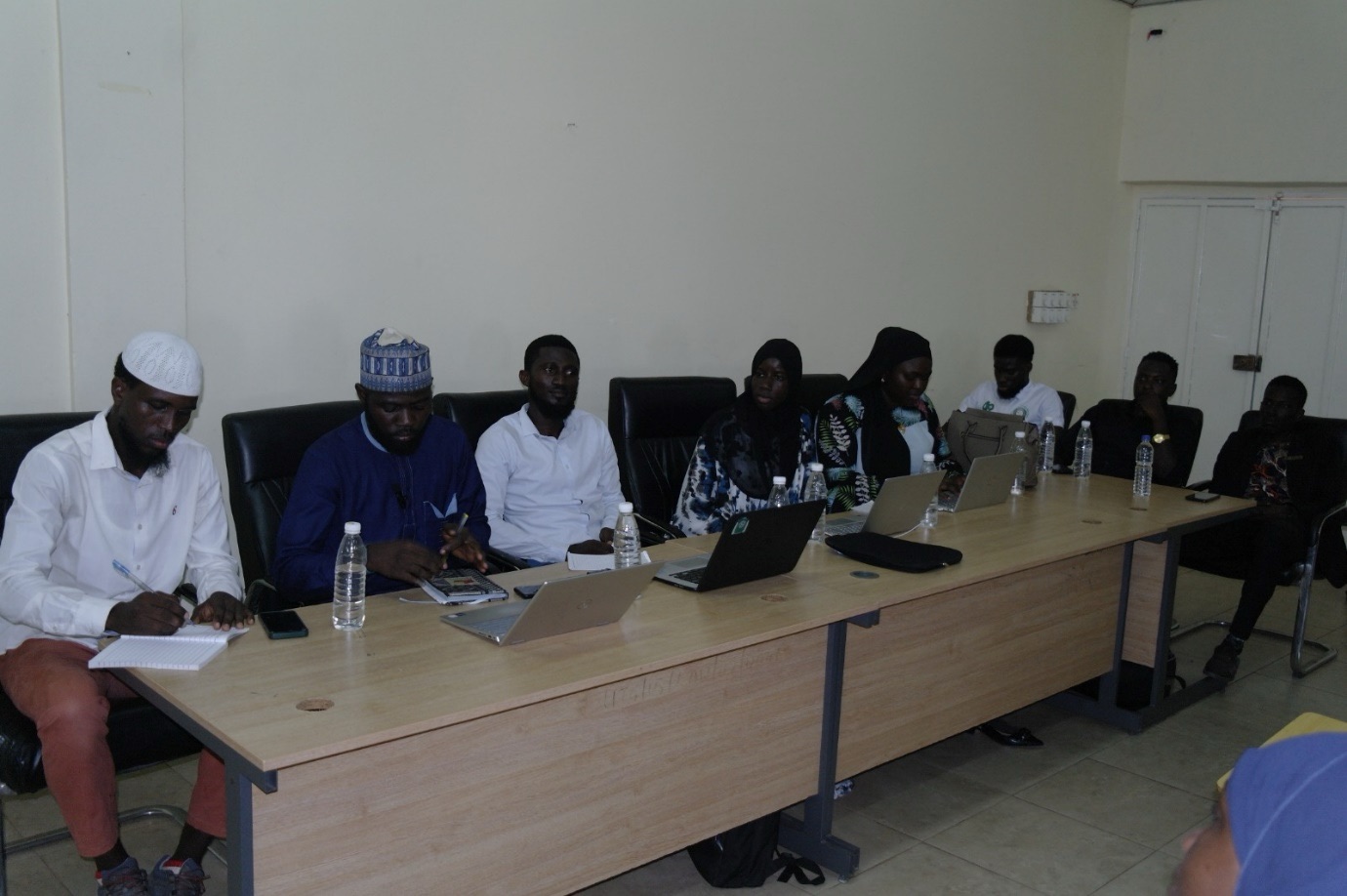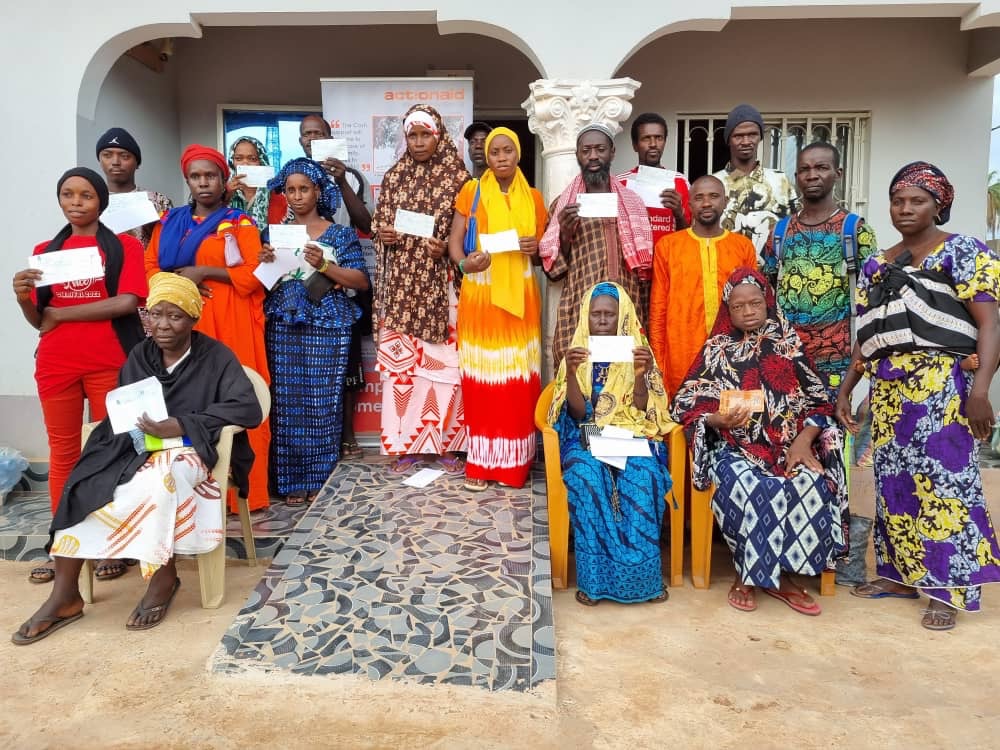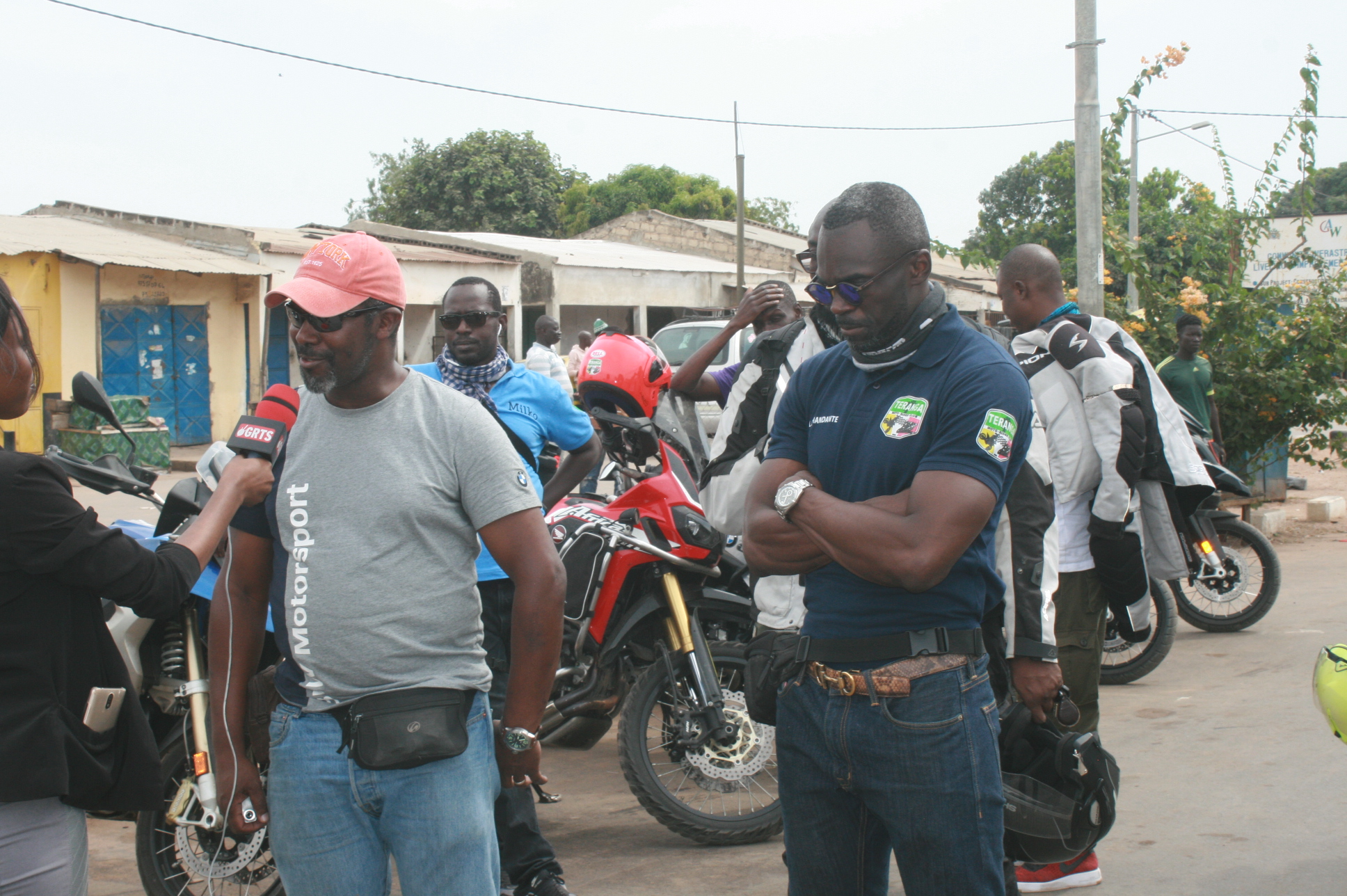By Yunus S Saliu
The Ministry of Trade, Industry, Regional Integration and Employment (MOTIE) with ECOWAS National Office and the Directorate of Regional Integrational under MOTIE, on its Social Outreach Program, sensitized students of the University of The Gambia (UTG) on Wednesday, 30th October 2024.
The Social Outreach Program held at the Faculty of Law at the UTG targeted students under the School of Business and Public Administration with other interested students from other departments.
The program was used to raise students’ awareness of regional integration and its instruments, especially ECOWAS and its Protocols and the African Continental Free Trade Area (AfCFTA).
Aminata Dibbasey–Senior Economist, Ismaila Saidy–Senior Economist, and Musa Sawaneh – Principal Economist all from MOTIE made exclusive presentations that covered different important topics as related to Regional Integration (RI), ECOWAS Protocol/ECOWAS Regional Integration, and African Continental Free Trade Area (AfCFTA) and other relative topics.
Aminata Dibbassey, in her presentation expounded on the background of RI and its meaning, the stages in RI, RI in Africa its challenges and benefits.
According to her, the first wave began in 1957 by establishing the European Union’s precursor. In the developing world, Latin America and Africa adopted import-substituting regional integration to promote inward-looking growth. The second wave of regional integration started during roughly the second half of the 1980s. The origin of the ‘new regionalism’ has been attributed to the drawn-out nature and slow progress of the GATT Uruguay Round negotiations.
So, RI is a “Process whereby countries in a geographic region cooperate to reduce or eliminate barriers to the international flow of products, people, or capital,” she stated while adding that gradual elimination of economic frontiers between independent states or parts of a state leading to the economies functioning as one entity which may also involve common external economic, social and political policy.
Ma’am Dibbasey also dilated on reasons that countries should integrate and also regional economic integration which she explained to be an “Agreement between nations within economic region to reduce and ultimately remove tariff and non-tariff barriers to the free flow of products, labor, and capital across the region.” Stages of RI, Simplification of RI, Preferential Trade Agreement: Customs Union, RI in Africa, its Benefits and Challenges were among the topics.
Ismaila Saidy, disclosed the objective of ECOWAS in his presentation saying the main objective is to promote economic cooperation among member states in order to raise standards of living, sustainable economic development, and regional peace. He disclosed that ECOWAS specialized agencies included West African Monetary Institute (WAMI), West African Monetary Agency (WAMA), ECOWAS Youth & Sports Development Centre (EYSDC), ECOWAS Gender Development Centre (EGDC), ECOWAS BROWN CARD, The West African Power Pool (WAPP), ECOWAS Centre for Renewable Energy and Energy Efficiency(ECREEE), ECOWAS infrastructure Projects Preparation and Development Unit (PPDU), Regional Agency for Agriculture and Food (RAAF), and ECOWAS Regional Electricity Regulatory Authority (ERERA).
More so, his presentation covered the ECOWAS Priority Areas, ECOWAS Rationale for Integration, Basic Principles, Financing of Programs and Protocols, ECO Currency.
On ECO Currency, for the Eco to be implemented, he said ten convergence criteria, set out by the West African Monetary Institute (WAMI), must be met. These criteria are divided into four primary and six secondary criteria.
“The AfCFTA is one of the flagship projects of Agenda 2063: The Africa We Want. It is a high-ambition trade agreement, with a comprehensive scope that includes critical areas of Africa’s economy,” Musa Sawaneh explained in his presentation centered on the African Continental Free Trade Area (AfCFTA).
The objective of the AfCFTA, he stated is to create a single market for good, and services and deepen the economic integration of the African continent and in accordance with the Pan-African Vision of “An integrated, prosperous and peaceful Africa” enshrined in Agenda 2063.
The scope of the AfCFTA Agreement is in two phases and the fact about it is that “54 out of 55 AU member states have signed the AfCFTA agreement as of February 2023, 48 state parties ratified the AfCFTA as of December 2023, AfCFTA is the largest FTA in the world measured by the number of countries participating, The AfCFTA connects 1.3 Billion people across 55 countries with a combined GDP of $3.4 Trillion, 30M people will potentially be lifted out of extreme poverty, AfCFTA is expected to boost Africa’s income by $ 450b by 2035: a 7% gain while adding $76B to the income of the world,” he outlined them.
Musa Sawaneh did not stop there but also outlined some of the achievements of the AfCFTA.
Yunusa Mbye, Senator of the Student Union, UTG expressed pleasure about the outreach programs and for including the UTG, noting that all students attending the program were very bright and intelligent.
He thanked the MOTIE official, the ECOMANSA, students of the School of Business and Public Administration together with students from different faculties that attended the sensitization.





